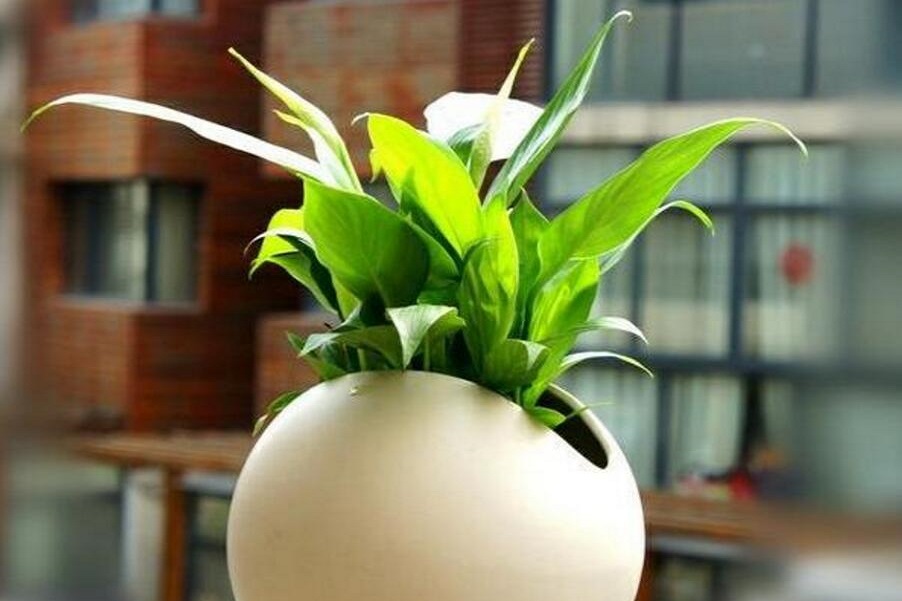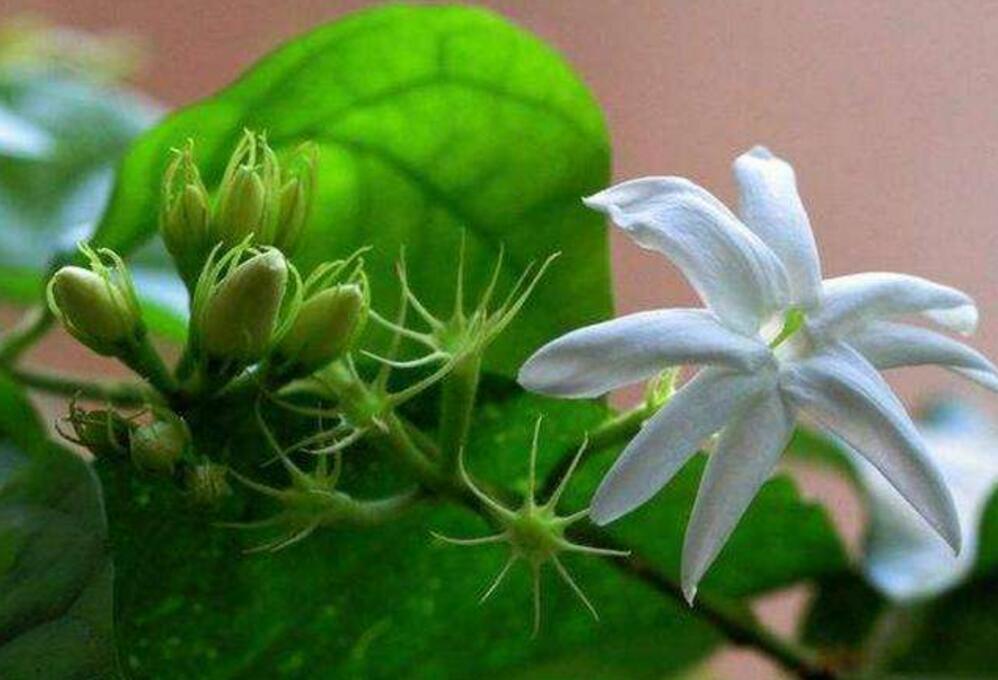Do you want the camellia flowers to be full of flowers? please take a look at the complete introduction of the culture methods of camellia.
Camellia, also known as camellia, the flower is bowl-shaped, flowering with single and double, very bright and beautiful. Whether it is potted camellias or outdoor planting, they can be raised well. What camellias need is acidic soil, camellias need moist air, plenty of sunshine, and thin fertilizer. Room temperature is not suitable for indoor cultivation. Camellia is not tolerant of low temperature. In winter, when the temperature drops below 0 degrees Celsius, the potted camellias should be moved to a sunny outdoor shelter. Below, Huacao Le shares with you the methods of camellia culture and camellia language.
Do you want the camellia flowers to be full of flowers? please take a look at the complete introduction of the culture methods of camellia.

I. Culture methods of Camellia
1. Use pots for potted plants. Potted camellias are used in pots, mud pots are the best, followed by purple sand pots. But I think the purple sand basin is more breathable and more beautiful. Do not choose ceramic pots, plastic pots and porcelain pots, air permeability is not good, it is difficult to raise anything. Now the camellia culture base has a good planting effect with black thin plastic pots. Family cultivation, if you want to be beautiful, you can use it in a pot.
2. Potted soil. Potted camellias had better use loose and fertile sandy loam, loess or humus. Before putting on the pot, you will spray some carbendazim liquid in the flower soil, place it for half a day, and then put it on the pot. Do not use rotten leaf soil completely. The main purpose of flowerpots and flower soil is to permeate air and water. The method to verify permeability is to leak water from the bottom of the basin for 5-10 minutes after watering, which is about half of the amount of water poured. The height of changing pots or flower soil should be 1-2CM away from the upper edge of flowerpots, which is called stagnant water area, which helps to retain water when watering flowers. These are put away, the basin soil will be compacted by hand, and then you can set the root water for the first time, water 2-3 times, the first time watering must be thoroughly.
3. For watering, camellias prefer slightly acidic soil, and the most suitable pH value is 4-6. Both neutral and alkaline are disadvantageous to its growth. It is best to use acidified water (which has been placed for a day or two) or Rain Water before watering the flowers.
4. Fertilization, camellia is a fertilizer-loving plant, especially in the bud growth period needs a lot of fertilizer. In addition to changing pots to apply sufficient base fertilizer, spring, summer and autumn should be combined with watering, in line with the principle of frequent application of thin fertilizer and constantly topdressing with thin organic liquid fertilizer, once entering the flowering stage, stop fertilization. Properly add some ferrous sulfate to make the leaves of your flowers grow black and green.
5. Pruning and heart-picking and bud thinning. Camellias grow slowly and are not resistant to pruning. In addition to cutting off diseased and weak branches, the rest rely on heart-picking to regulate plant growth and avoid heavy pruning. Potted camellias, because of the narrow space and insufficient supply of nutrients, more than dense buds must be removed to maintain a single branch, a single flower. The general principle of thinning buds is to try not to leave more than 2 buds on a flower branch, 2 on a strong branch, or 1 on a weak branch. The corresponding leaves are 7-9 leaves and leave a bud. The way to sparse buds is to cut unwanted buds by half with scissors when they reach the size of soybeans, and let them fall off naturally. Do not break them off, because each bud is a germination point in the future, and breaking it will affect the growth of the whole plant in the coming year. If you leave more flowers this year, you will have to stay less next year and open every other year. Only in this way can I see the camellias for a long time. Camellia takes a long time to give birth to buds and needs plenty of light. Except for a little shade in summer, the other three seasons need to be maintained in a sunny place.
6. The main diseases of camellia are ring streak, anthracnose, shoot blight, leaf spot, bituminous coal and so on. The main control agents are as follows: carbendazim 800times, carbendazim 500times, chlorothalonil 800times, carbendazim 800times regular control, camellia pests are red spiders, aphids, scale insects, leaf moths, bridge insects, the main control agents are cypermethrin 15ml + isocarbophos 20mL or monocrotophos 25mL mixed with 30 jin water spray. Attention should be paid to the prevention and control of gray mold and flower blight before flowering.
Second, Camellia Flower language
Camellias always bloom beautifully and complacently in the depths of winter. When most of the plants in the courtyard are withered and lifeless, they bloom quietly even in the snowy courtyard. When the camellia withered, it was not the whole flower that fell, but the petals slowly withered until the end of life. In such a cautious and reluctant way of withering, camellia has become a spokesman for women who adore women in their hearts. Camellia makes people feel lovely, modest, ideal love, prudence, great charm. Camellia flower language is: ideal love, humility. White camellia flower language: pure and innocent; red camellia flower language: natural beauty.
Time: 2019-04-29 Click:
- Prev

What do you need to pay attention to when you go to the flower market to buy bonsai
More and more friends like to grow flowers, decorate the home, green the company environment, and send friends. What common sense do you need to pay attention to when you go to the flower market to buy bonsai plants in order to buy your favorite flowers and plants? Below Flower and Grass Music to share with you how to choose and buy bonsai. What do you need to pay attention to when going to the flower market to buy bonsai? Selection and purchase
- Next

How to raise jasmine flowers? can you trim and change pots in spring?
When spring returns to the earth, the temperature gradually rises, and the jasmine that is placed indoors can be removed from outdoor conservation in order to avoid the cold. The jasmine leaves that have been stored for several months are rare and lifeless. At this time, I want to trim, trim and change the basin for Jasmine right away. So how to raise jasmine now? can you trim and change pots?
Related
- Fuxing push coffee new agricultural production and marketing class: lack of small-scale processing plants
- Jujube rice field leisure farm deep ploughing Yilan for five years to create a space for organic food and play
- Nongyu Farm-A trial of organic papaya for brave women with advanced technology
- Four points for attention in the prevention and control of diseases and insect pests of edible fungi
- How to add nutrient solution to Edible Fungi
- Is there any good way to control edible fungus mites?
- Open Inoculation Technology of Edible Fungi
- Is there any clever way to use fertilizer for edible fungus in winter?
- What agents are used to kill the pathogens of edible fungi in the mushroom shed?
- Rapid drying of Edible Fungi

